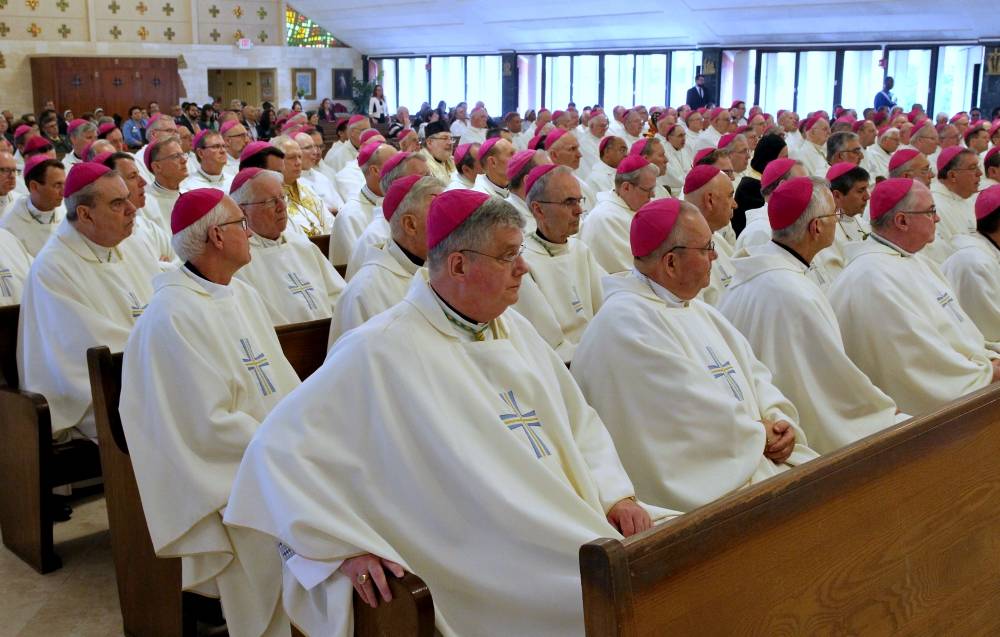THE
PAPAL FUNERAL: A SOLEMN TRADITION OF BURYING THE SUCCESSOR OF SAINT PETER
The burial of the Pope, also known as the Pope's funeral, is
a significant event in the life of the Catholic Church. The death of a Pope
triggers a period of mourning, during which the College of Cardinals meets to
elect a new Pope.
Traditionally, the body of the deceased Pope is placed on a
raised platform in the Apostolic Palace, dressed in white papal vestments and
wearing a miter and a pallium. The body is then exposed to the public for
several days to allow the faithful to pay their respects. During this time, the
body is also vested in a red cape and a red zucchetto, which are the
traditional colors of the Papacy.
Following this period of public viewing, the body is
transferred to St. Peter's Basilica for the funeral Mass. The funeral Mass is
typically presided over by the Dean of the College of Cardinals and attended by
Cardinals, bishops, dignitaries, and representatives of other religious groups.
After the funeral Mass, the body of the Pope is interred in
the crypts beneath St. Peter's Basilica. The exact location of the burial
depends on the wishes of the deceased Pope and is traditionally kept secret.
Popes are usually buried in a simple cypress wood coffin, which is placed
within three nested coffins made of lead, cypress, and oak. The lead coffin is
then sealed with a copper plaque bearing the Pope's name and the date of his
death.
The burial of a Pope is steeped in tradition and ritual,
reflecting the significance of the office of the Papacy in the Catholic Church.
It is a time of mourning for the faithful and a period of transition as the
Church prepares to elect a new Pope to lead the faithful.


